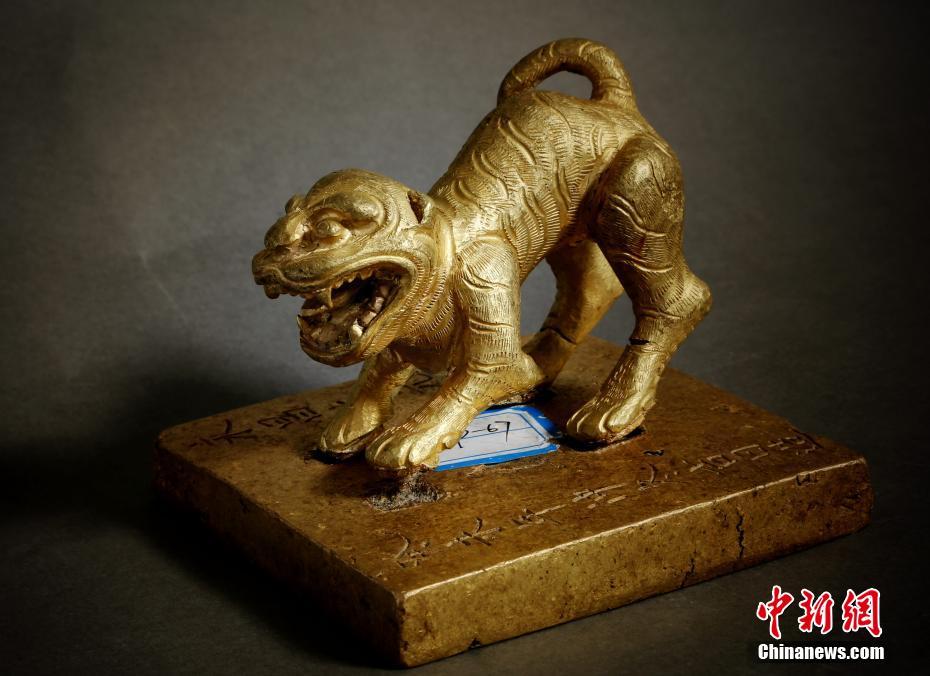Beijing’s new airport terminal capped
As the last pouring of concrete was finished on March 16, Beijing’s new airport terminal had its concrete structure capped, meaning the completion of the main structure of the terminal towards steel structure installation next.
The new airport project got starte a year ago. Now the main body of the five corridors connected to the main terminal has been completed, and a phoenix opening its wings has taken shape.
Right in front of the boarding gate for international flights is a sunken area, which will be a 2,000-square-meter garden showing Chinese culture and characteristics such as the silk, tea, china, landscape and classic garden. The five corridors all embrace such a display.
The main body of Beijing new airport terminal, based on cast-in-place reinforced concrete frame and space truss system structure, requires sophisticated technology and techniques. The next step will move on to space truss to be erected on the main structure with all-metal curtain wall, which will be completed by the end of this year to ensure that the new airport can be put into operation in 2019.
The main terminal building shaping radial corridors makes it convenient for passengers to walk from the center to the farthest boarding gate within 8 minutes.
The new airport is about 46 kilometers straight from Tiananmen Square. Beneath the terminal building will be a huge rail transit station, where high-speed rails, subways and intercity railways will cross underground.

